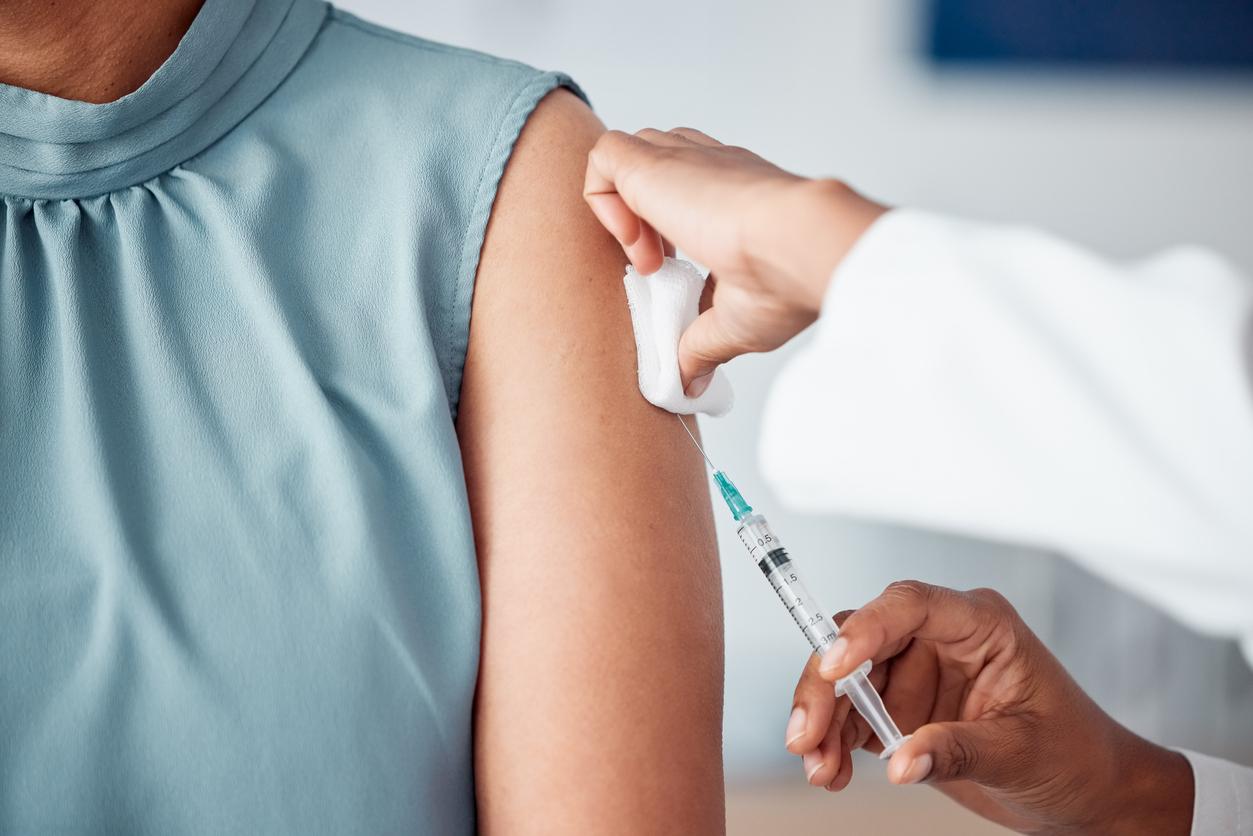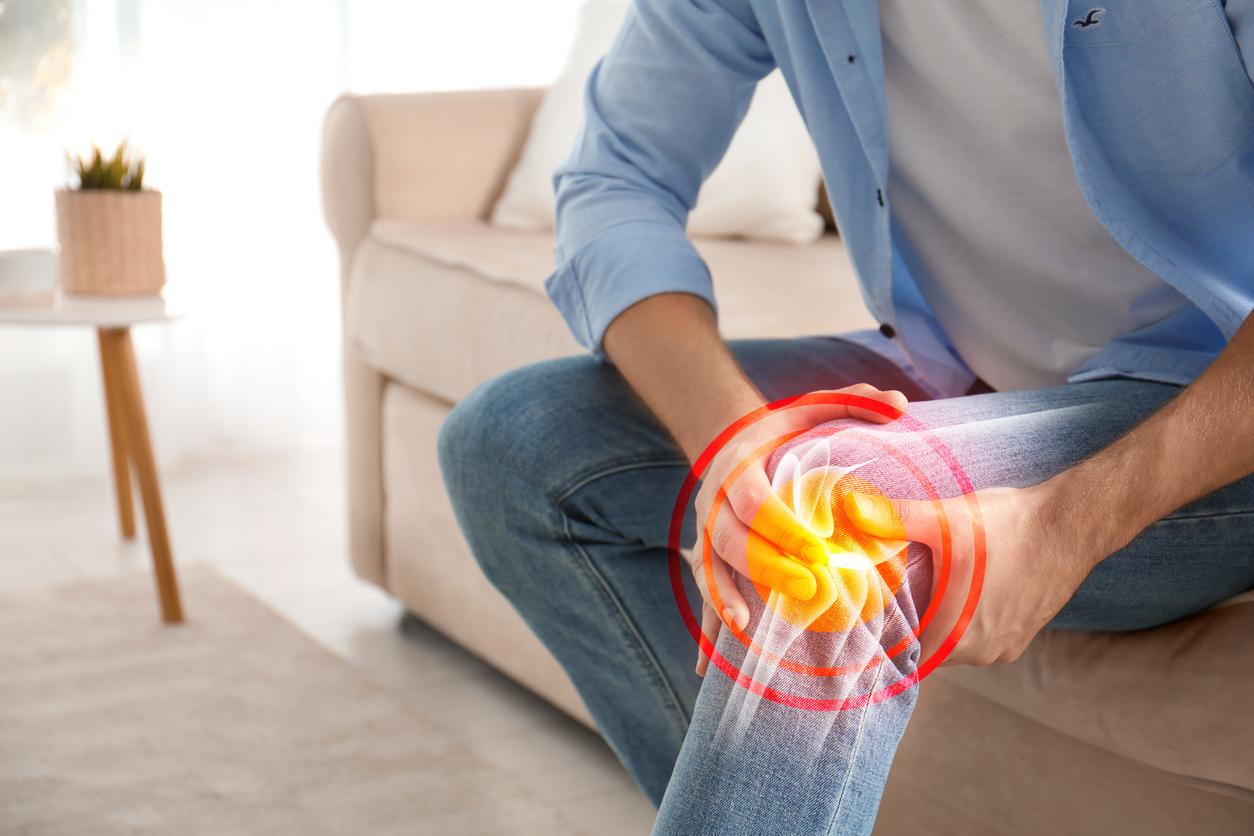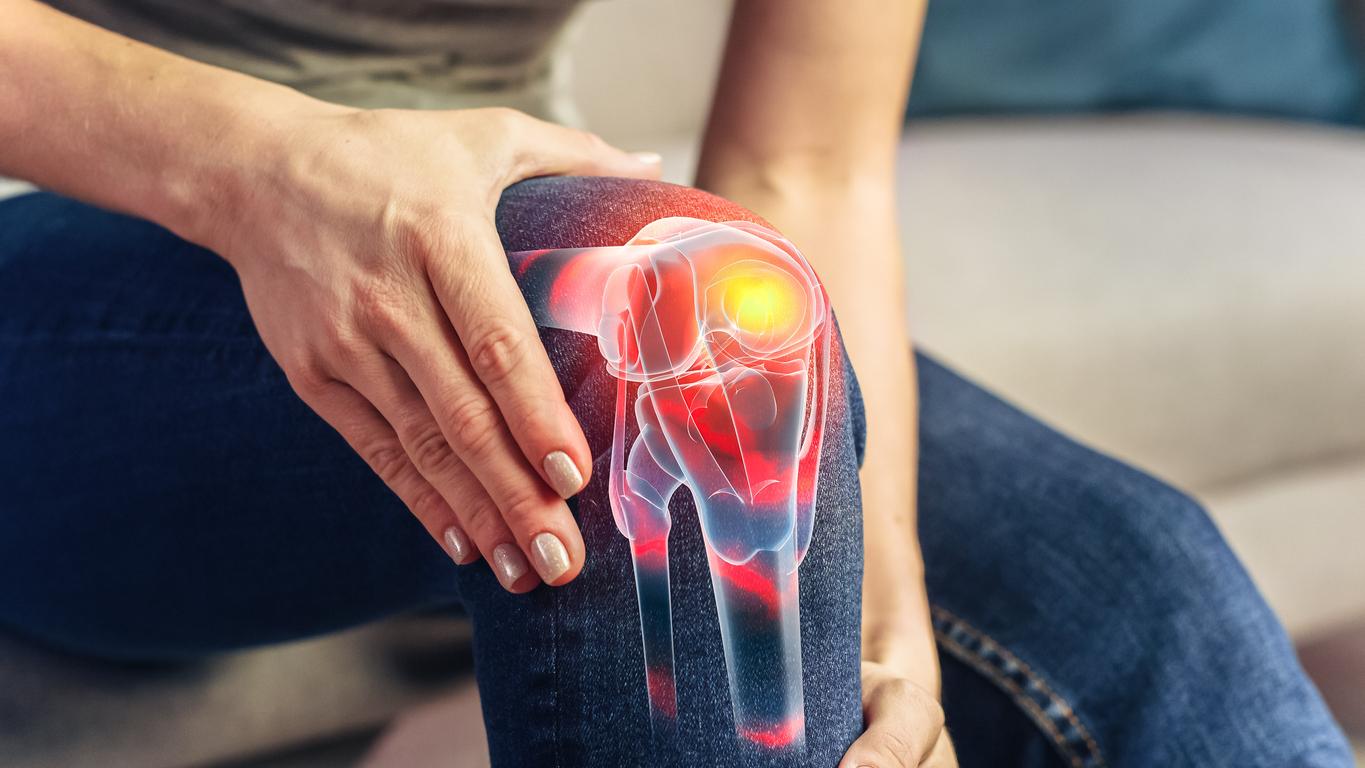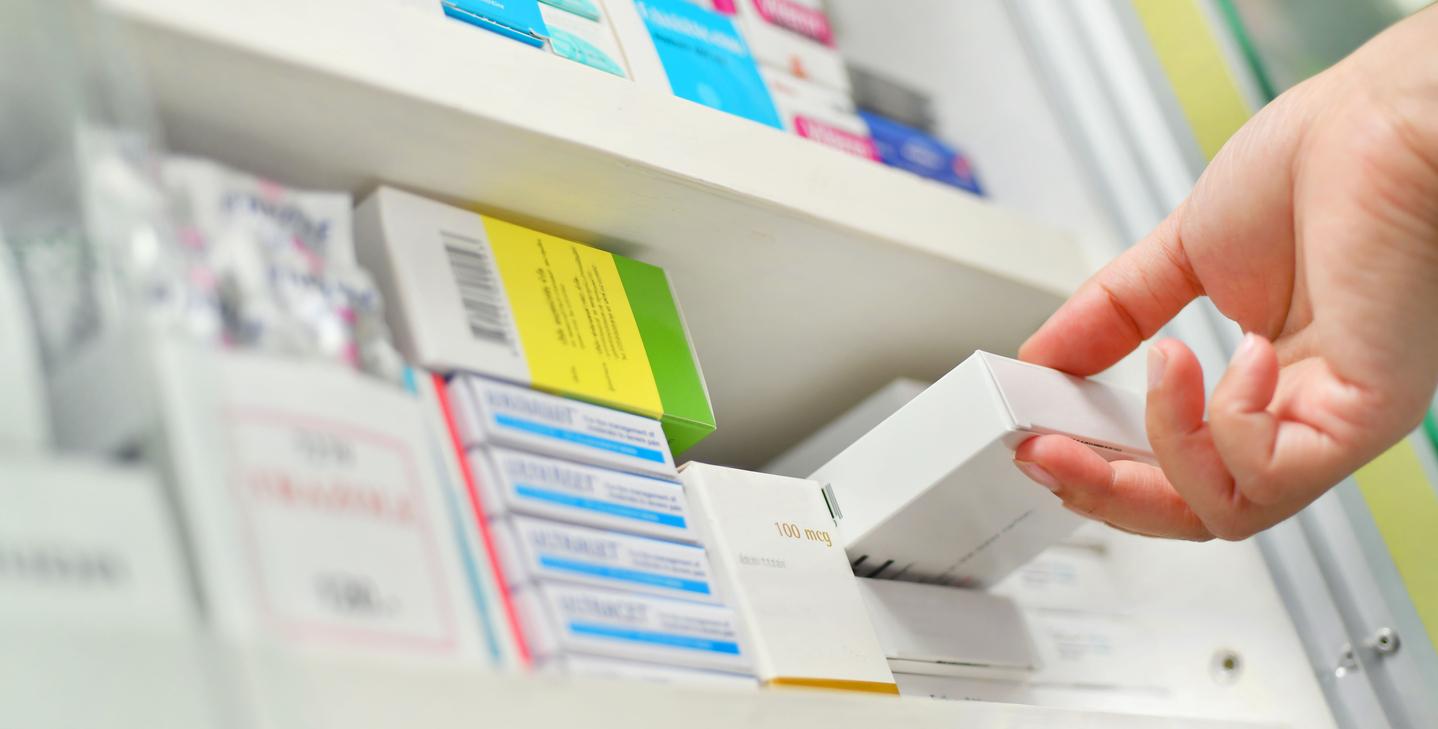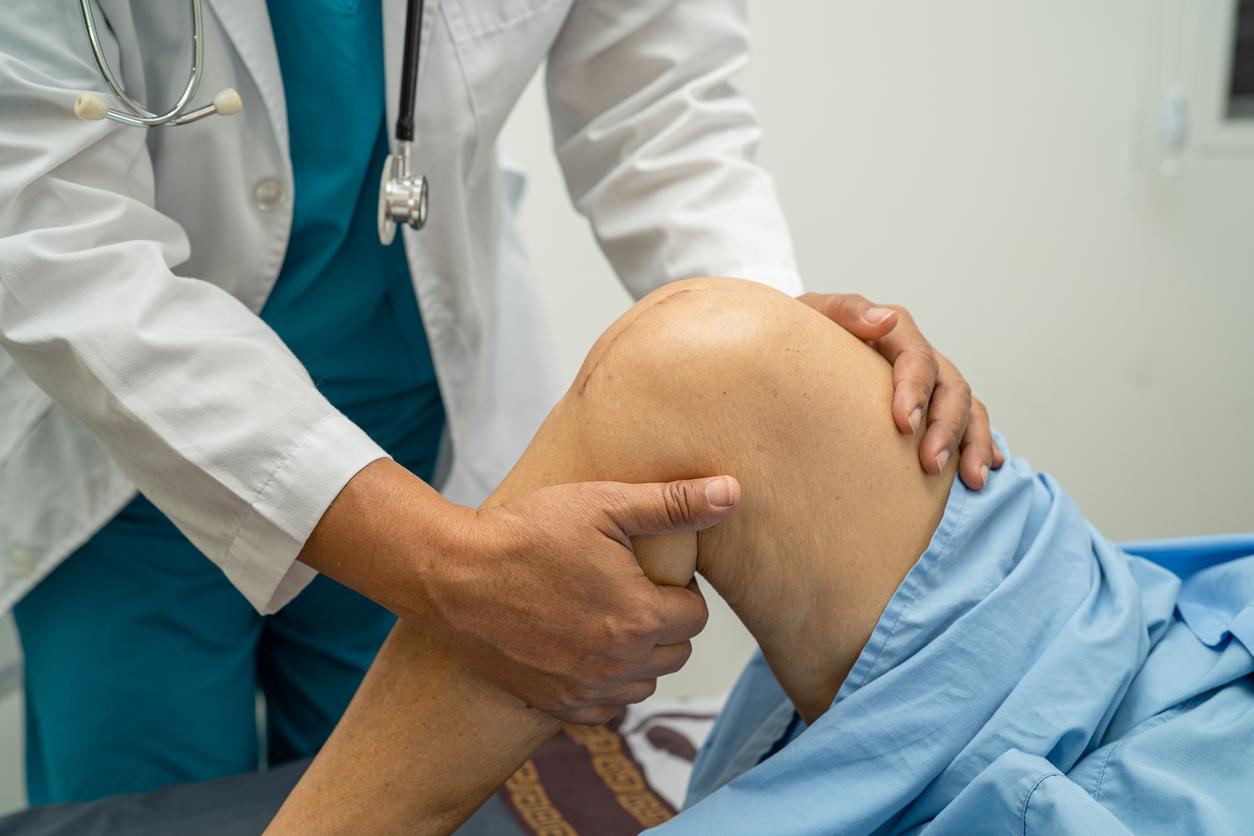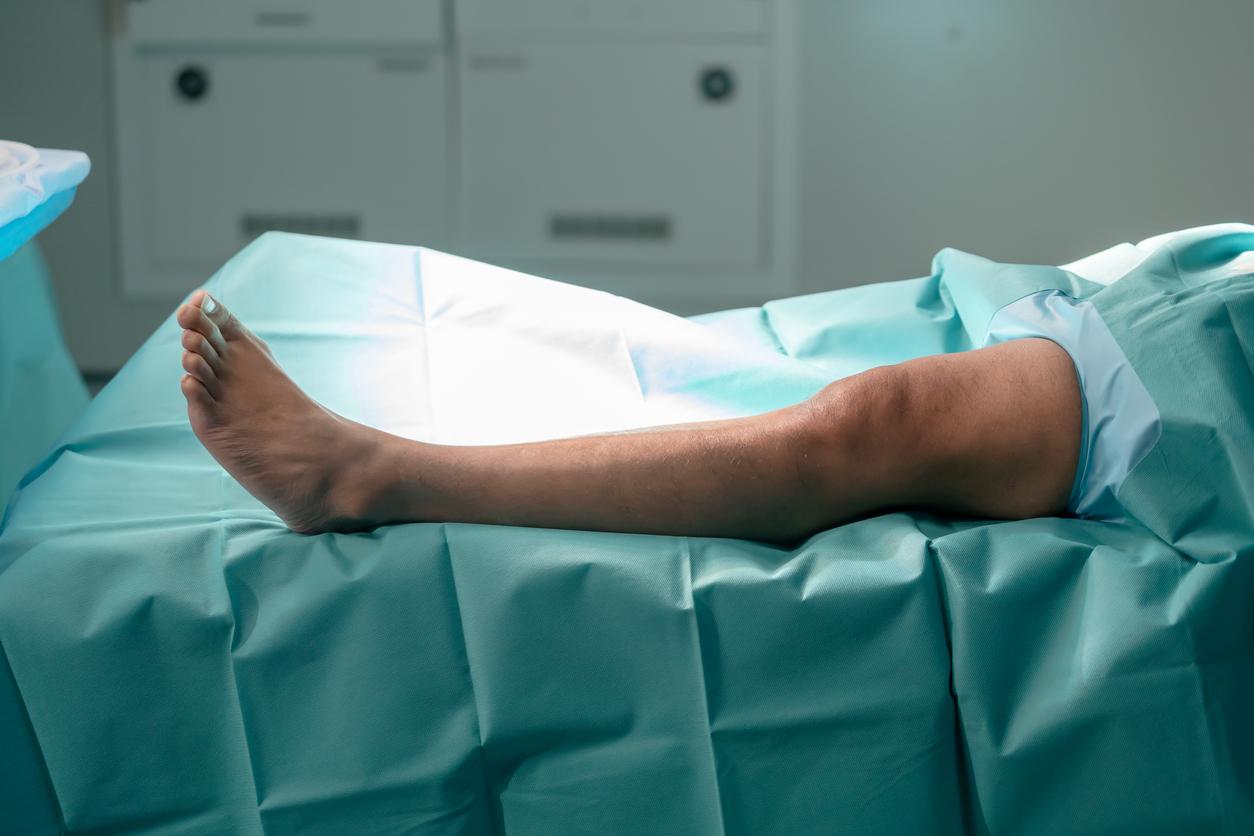Injections of corticosteroids after the installation of a knee prosthesis would help rehabilitation and reduce the length of hospitalization.
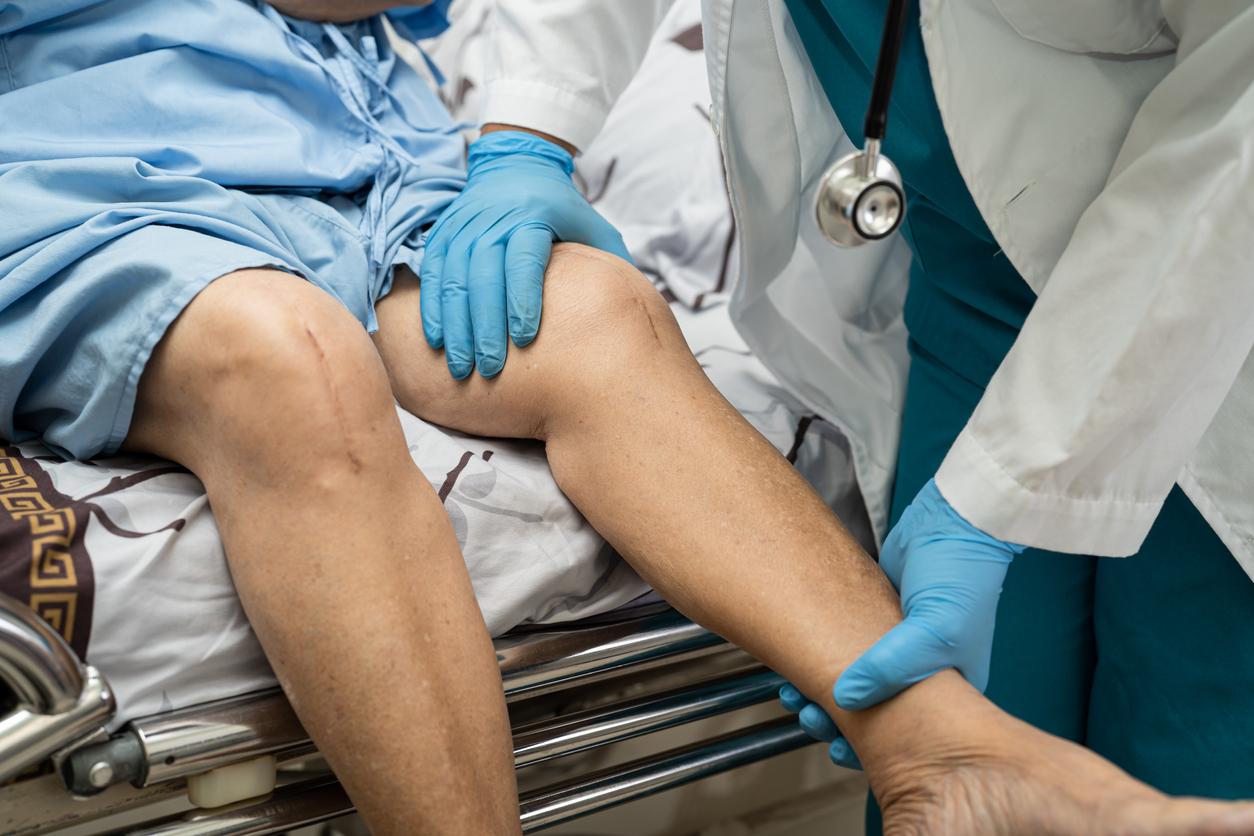
- Total knee arthroplasty is an effective method, but 8 to 26.5% of people operated on suffer from significant postoperative pain.
- The combination of intravenous corticosteroids and periarticular corticosteroids failed to relieve postoperative pain.
- On the other hand, it improved the flexion amplitude and the power of the quadriceps of the knee.
Total knee replacement surgery is a common surgical procedure to replace a diseased or worn joint. “The goal of this surgery is to relieve pain and improve the mobility of the damaged joint. It can allow you to resume activities that were no longer possible with the diseased knee”, noted the Center for Orthopedic and Sports Surgery of Bordeaux Mérignac.
Knee arthroplasty: between 8% and 26.5% of adults suffer from postoperative pain
However, according to a study published in the medical journal Journal of Bone and Joint Surgery, between 8% and 26.5% of patients suffer from significant postoperative pain. Researchers therefore wanted to study the means of relieving pain and improving the functional recovery of patients after this intervention.
As part of the work, 178 people had knee prostheses fitted. Then they had to randomly receive one of four treatments: placebo, intravenous corticosteroids, periarticular corticosteroids, or a combination of the latter two. Participants were assessed on their postoperative pain and short-term functional recovery.
Corticosteroid injections improve recovery after knee replacement surgery
The results showed that the combination of corticosteroid injections did not relieve postoperative pain. However, this combination improved two key indicators of functional recovery: knee flexion range and knee quadriceps power. Patients who received intravenous corticosteroids, periarticular corticosteroids also walked a longer distance.
“This study provides new insights into pain management in (total knee replacement) surgery that may allow better functional recovery and rehabilitation after this operation and thus advance the ability to perform joint replacement surgery in as an outpatient procedure”, concluded the scientists.




